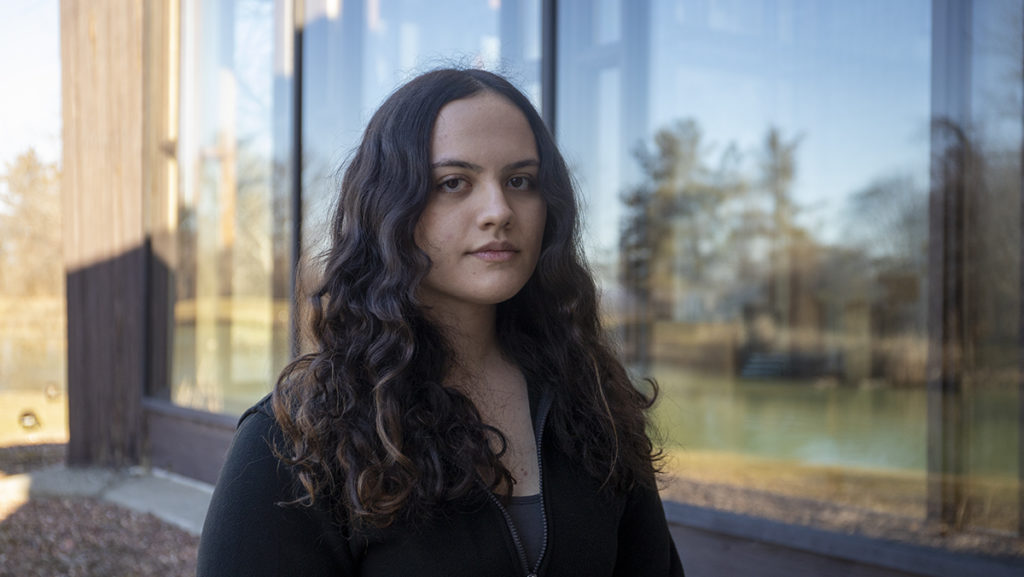Editor’s Note: This is a guest commentary. The opinions do not necessarily reflect the views of the editorial board.
On Feb. 6, at 4:17 a.m., Türkiye and Syria were hit by four independent earthquakes — the worst of its kind in 80 years on this fault line. Ten cities totally flattened, more than 6,000 buildings have collapsed, about 36,000 deaths and still counting, about 20,000 injured in Türkiye and seven million people have been displaced.
That might seem no different than any other catastrophe data, so let me elaborate on it. Someone’s daughter cried for help for 48 hours, but no one came. Someone’s cat tried to dig the ruins with its little paws to remove its dead owner from under their home’s pillars. One in every ten people are homeless now and have been sleeping on the streets for days in 23ºF (-5ºC). The coat and blanket prices doubled overnight. A mother watched her daughter slowly stop breathing as she got stuck under big blocks of concrete and the worst part is, the Turkish government they had trusted, paid their taxes specifically to protect them from earthquakes is, unfortunately, of little help. It is the self-sacrificing people who have been using their bare hands, removing those pieces of rubble one by one to save the victims. The volunteers from non-governmental organizations like AHBAP and Search and Rescue Association have been providing tents, blankets, food and any other essentials for those who had survived. However, those organizations also need our help; they depend on charitable donations from us. There are many ways to help and support those organizations and they are fully transparent about how they use the fundings they receive. Many volunteers with cranes or crane licenses have been sent to those areas free of charge with the help of several Turkish Airlines’ private planes.
My mother recently said, “Did you realize that some of the houses are still up in the midst of thousands of ruined houses?” And I indeed recognized that. The still-standing houses were either pre-checked for earthquake resistance or, while they were being made, proper steel bars and concrete were used. However, unfortunately, this was not the case for every house. Even though earthquake taxes have been paid regularly by the citizens for the houses to be made with proper materials, it turned out not to be the case after the earthquake.
Natural disasters test our humanity and the strength of our governments. This whole disaster is an example of how much we can achieve if we stay strong and support each other with anything we can. Think of it this way: Those people who have been helping with their bare hands are making as much of an impact as a person helping with a crane. This is to say that any donation goes a long way, especially with the economic crisis that both Türkiye and Syria are in. Only $5 is enough to fund almost half the cost of a coat or a daily meal for someone. Even a dollar is almost twenty times a Turkish Lira.
Even though the media seems to be more focused on Türkiye, help from many parts of the world is also being directed to Syria. However, because of the Syrian war and the unstructured transportation means, it is harder to send physical help like cranes or medical professionals to Syria. Again, a little bit of money goes a long way. UNICEF is the main source that has been collecting donations for Syria.
On a final note, even kindness and awareness serve a lot. Being aware of people around you whose families might have been affected by the earthquake and individually checking up on them shows that you care. That spark of hope and empathy helps us hang in there and remind us that we can do it together if we hold tightly to one another.














